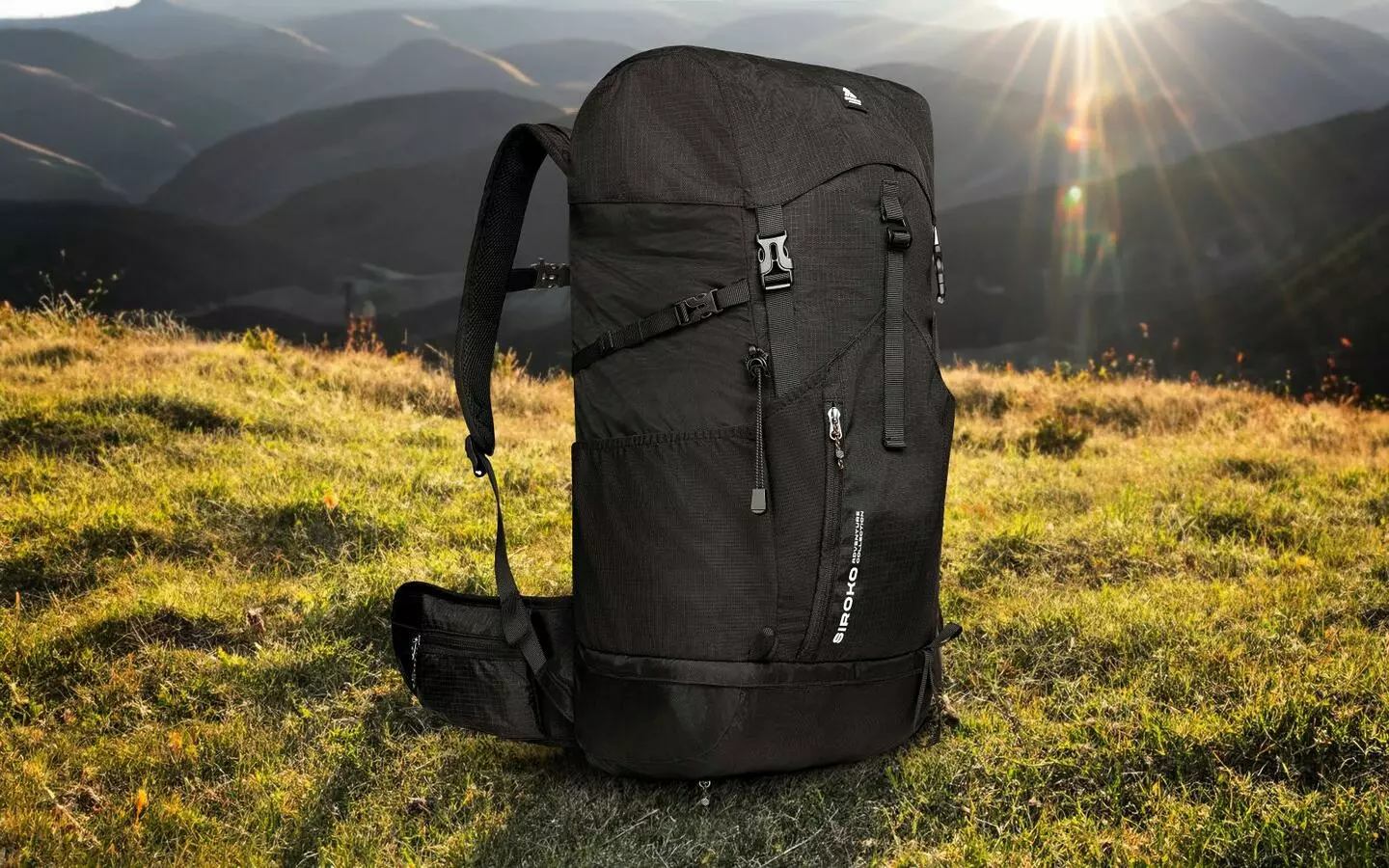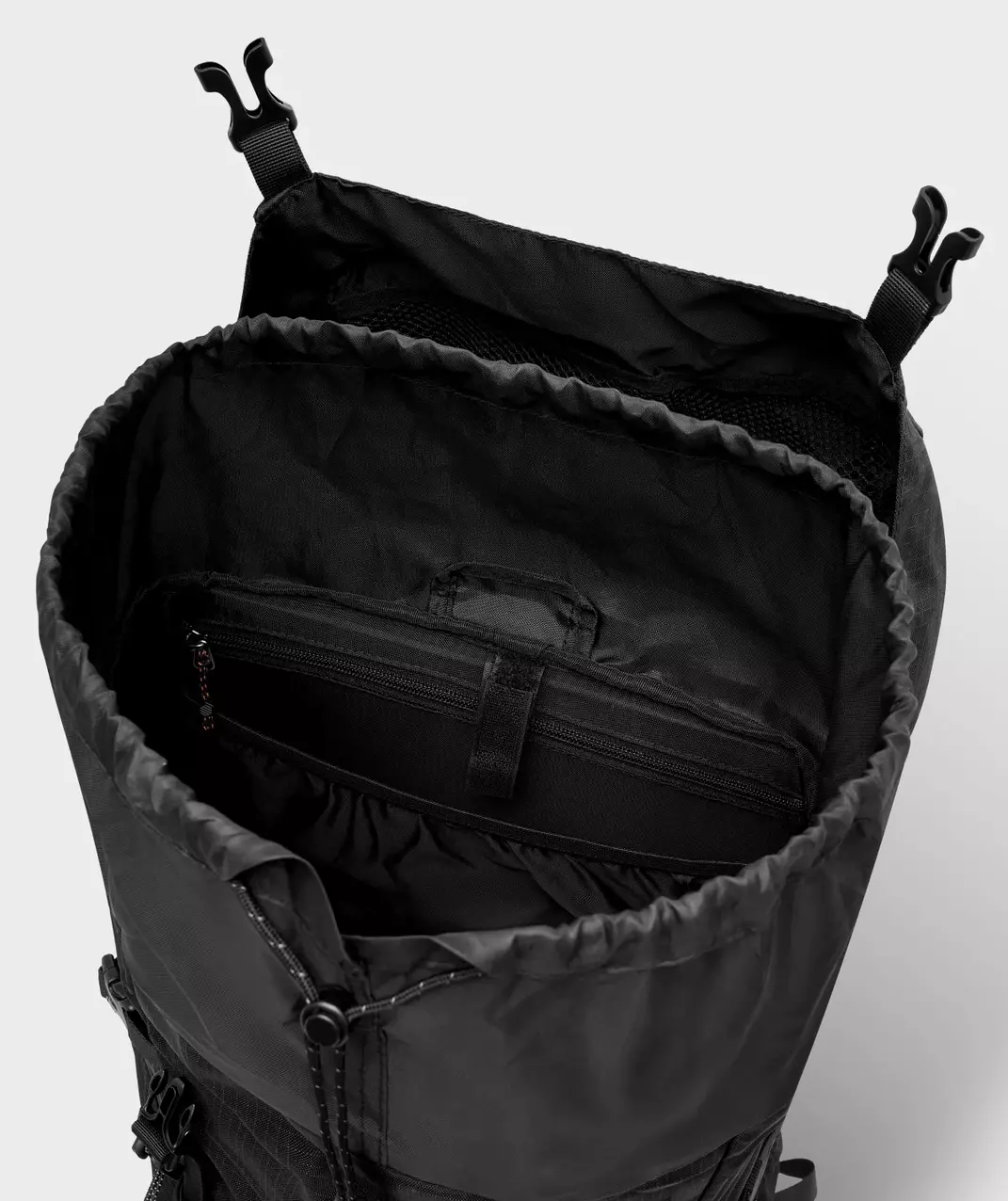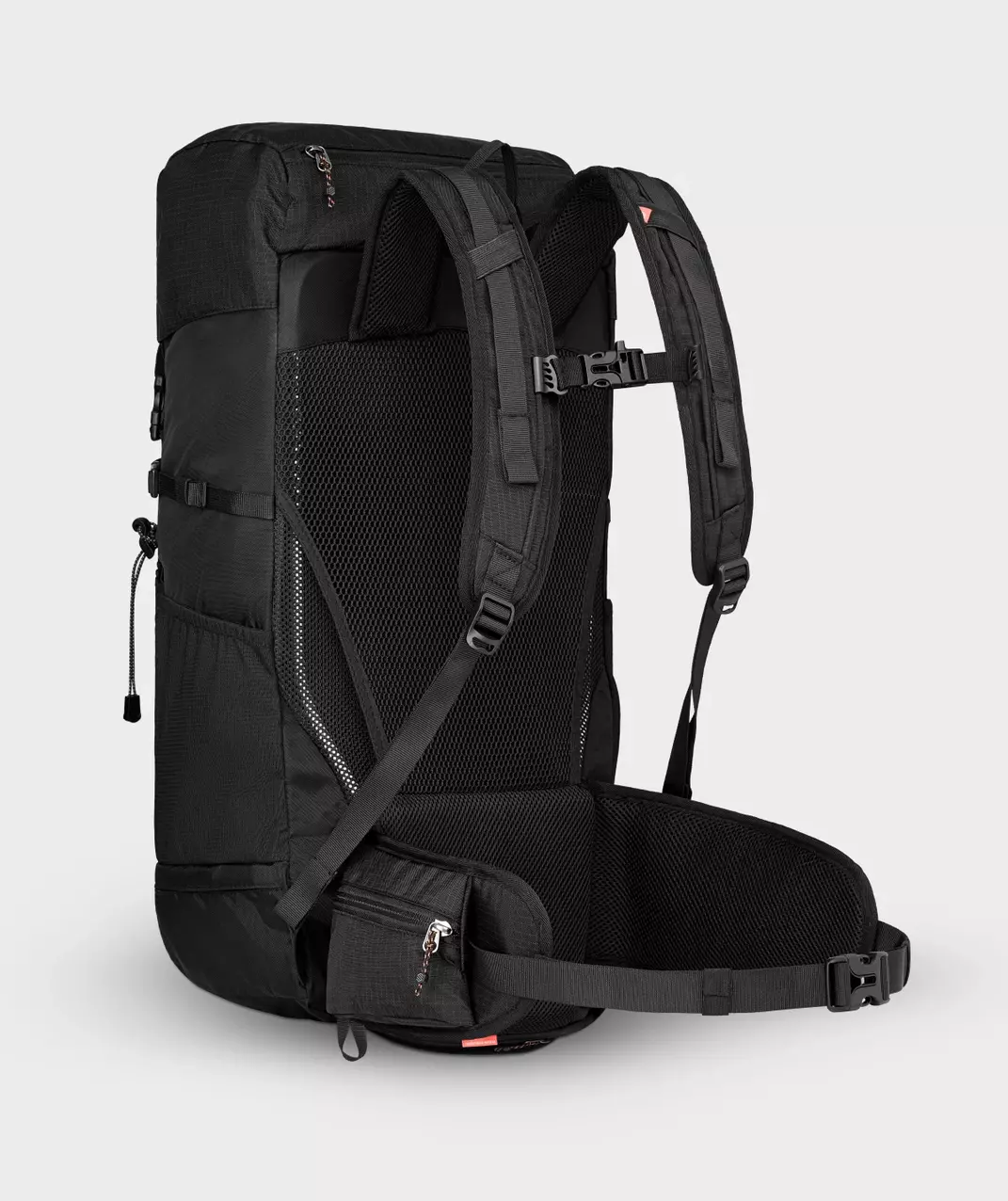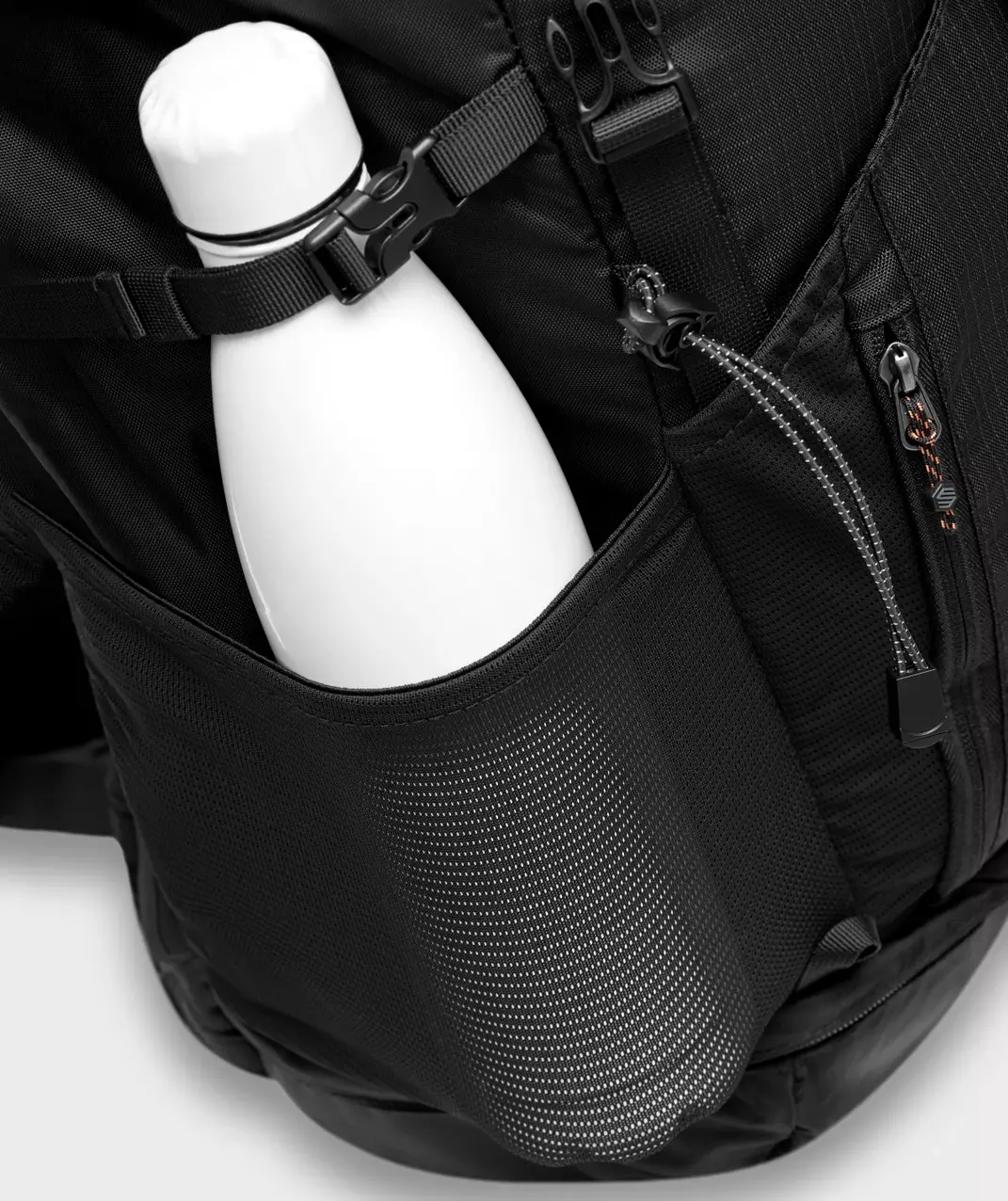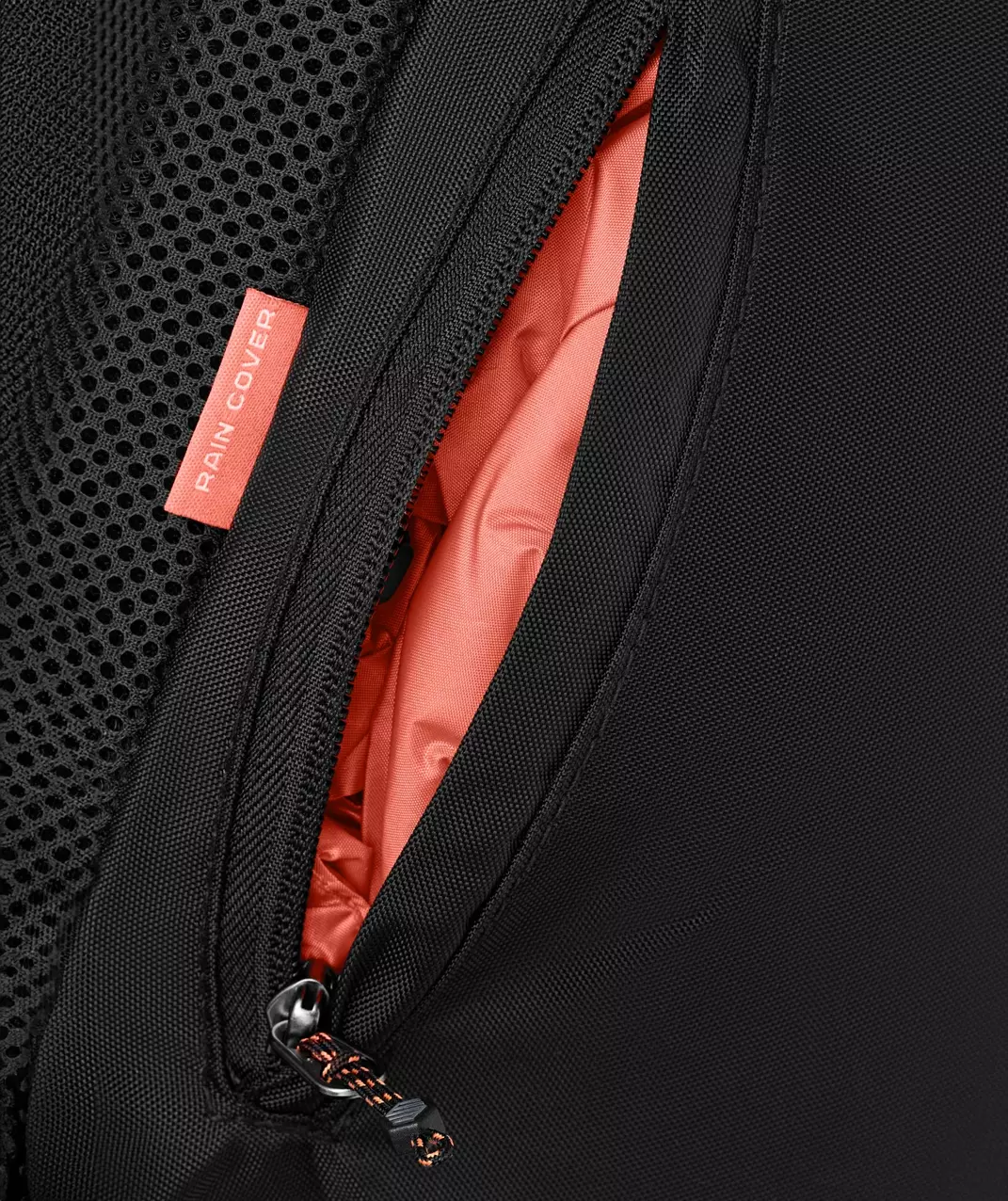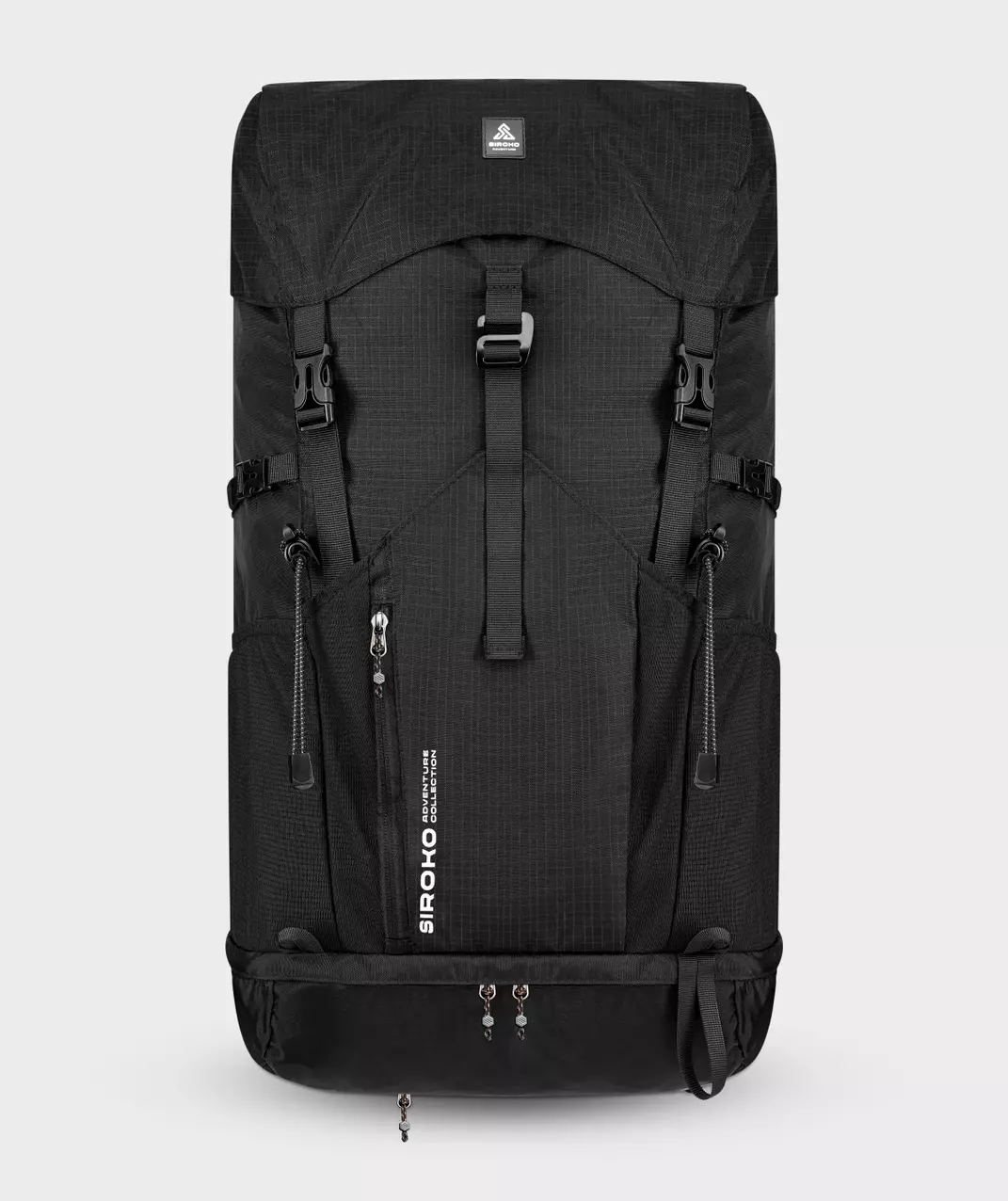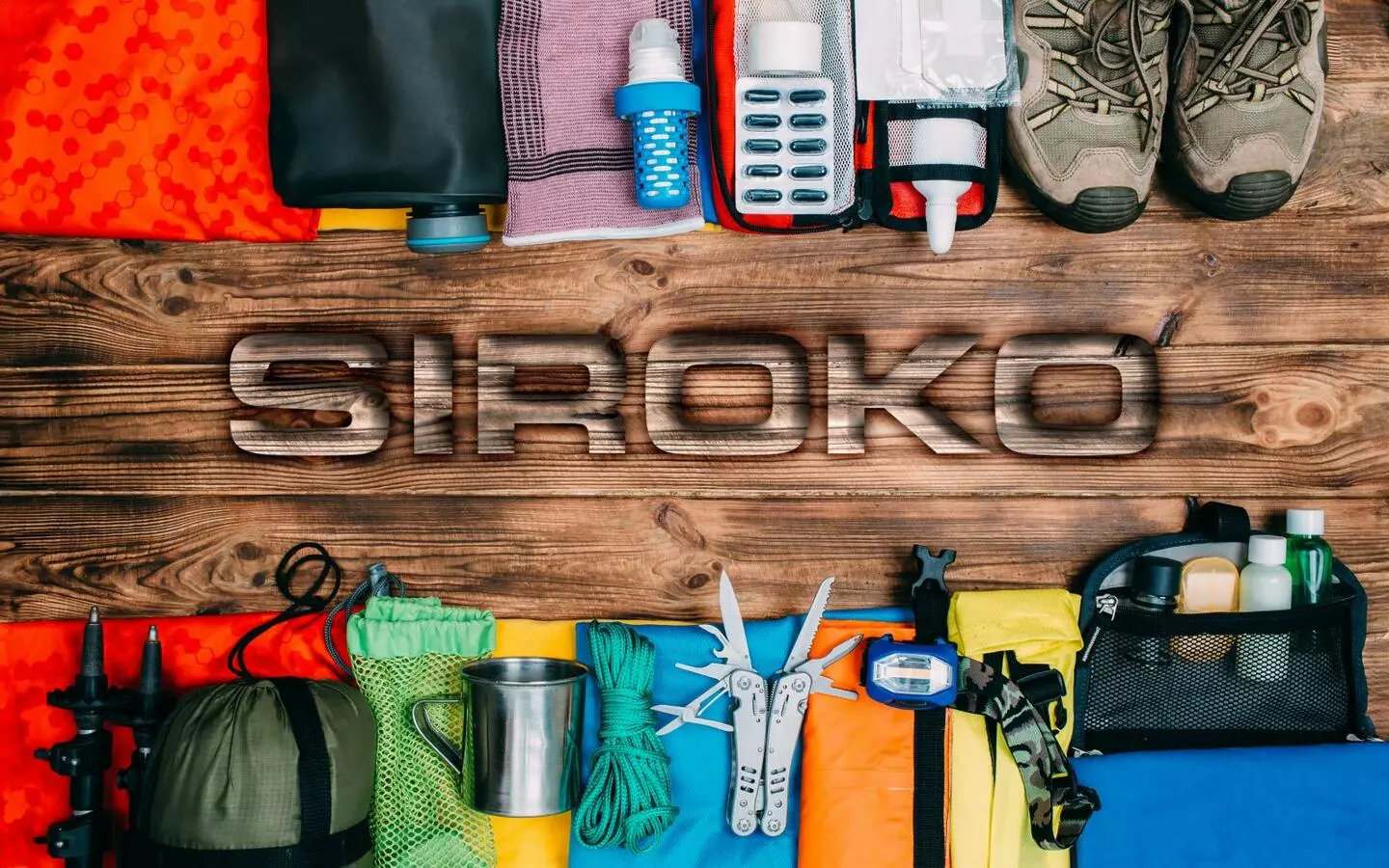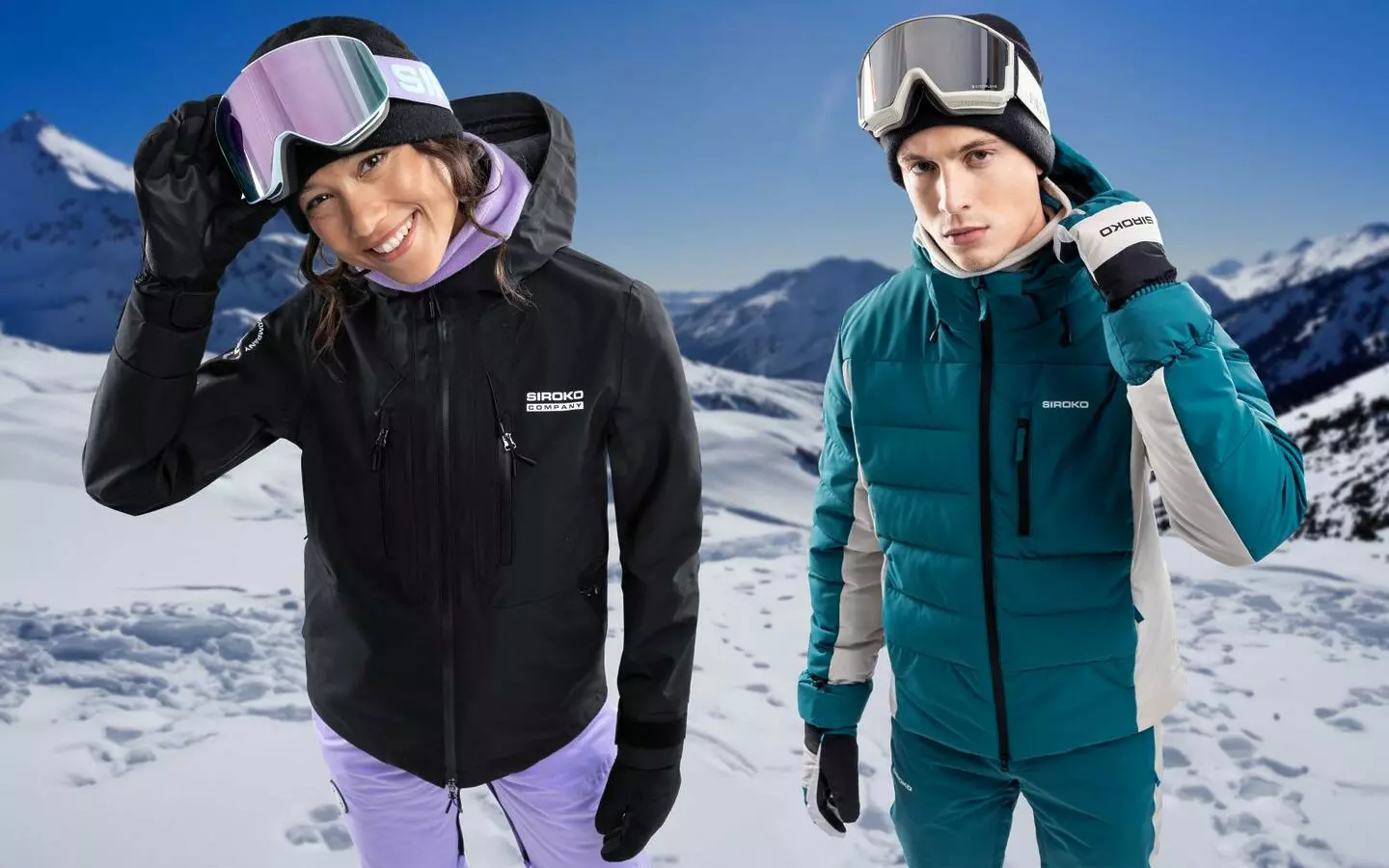Whether you’re planning to head out into the mountains for a short day hike or a multi-day excursion, choosing the proper backpack is the first and most important step. It’s not just about stuffing your gear into any old bag you may have lying around your house. You need a comfortable backpack suitable to your needs, where you can keep things organized and dry. So, to help you out, in this guide we’ll break down a few factors to consider when picking the ideal bag for your next adventure.
1. Type of activity, duration and accommodation
For starters, there is no “best” backpack that is perfect for every hiker in every scenario. Deciding beforehand the kind of trip you’re doing and where you’ll sleep will help you to determine the size of the pack and the gear you need. Don’t choose a backpack before you have figured all that out, otherwise you might leave out essentials because they don’t fit, or carry unnecessary items just to fill the space in an oversized choice. So, the main takeaway here is to first and foremost define the activity and the equipment needed, and only then choose a backpack.
- For day trips: A lightweight, frameless bag of around 20–35 liters should do the trick. You’ll only need to pack the basics, which we covered in this other post.
- For overnighters up to 2 nights: A 35–50 liter backpack should be your go-to, depending on whether you’ll sleep in shelters or outdoors. If you’re staying in cabins or hostels, 30–35 liters is probably enough, since you won’t need a tent, insulating mat, or sleeping bag. But if you’re camping, aim for at least 50 liters to fit all your equipment. If you’re sleeping in the open (bivouac) with just a mat and a sleeping bag, 45–50 liters should be plenty. Your gear choice also matters, as some tents and bags are impressively lightweight and compact yet sturdy and efficient.
- For trips of +3 nights: 35–50 liters could still work if you’re staying in a hut. But for camping, choose a 50–60 liter pack to carry all your extra gear, food and spare clothing.
2. Weight and structure of the pack: lightweight or framed?
Weight and comfort are the key elements to consider. For day hikes with minimal gear, a frameless backpack would be the recommended option, since additional support isn’t really needed. These types of packs are simpler and lighter.
But if you’re carrying more equipment or trekking for multiple days, go for a backpack with either an internal or external frame. Framed backpacks help distribute weight evenly across your hips and shoulders, taking the load off your back and adding stability on uneven terrain.
3. Fit and comfort
Most backpacks come in one size, particularly small ones, but larger packs (40–50 liters and up) usually offer adjustable sizing or allow for changes in torso length within the available sizes. Some brands also sell women-specific models that fit female body shapes better.
Make sure that:
- The hip belt is padded and wraps around you properly. Most of the weight should rest on your hips to avoid straining your back and shoulders.
- The shoulder straps are anatomically shaped, padded and adjustable. The heavier your load, the more padding you’ll need.
- The back panel is breathable as well as padded, since this helps manage heat and moisture buildup.
- The chest strap keeps the pack in place and stable without applying pressure to your thorax.
4. Organization and easy access
A well-designed backpack makes it easy to keep your equipment organized.
- Multiple compartments: Side pockets for water bottles, a bottom compartment for your sleeping bag, and a top lid for small essentials like sunglasses, a flashlight, or snacks.
- Hydration system: Many packs include space for a hydration bladder (like a CamelBak), so you can drink without taking your bag off.
- Side or front access points: This feature always comes in handy for reaching your belongings without unpacking everything.
5. Materials and weather protection
Quality mountain backpacks are made from water-resistant materials like polyester or nylon, often with a DWR coating. This protects against light rain and splashes. However, if you’re heading into areas known for frequent or heavy rain (think days-long storms), bringing an additional rain cover is a smart move.
Many modern packs include a built-in rain cover stored in a lower pocket. But if your chosen bag doesn’t, you can easily buy one separately.
6. Base weight of the pack
Pay attention to how much the backpack weighs when empty. Lightweight, frameless packs can weigh less than a kilo, while more technical models with frames, reinforcements, and over 50 liters of capacity typically weigh between 1.5 and 2.5 kilos. That might not sound like much, but over long hours on rugged, uneven terrain, you’ll notice every gram. That’s why you first need to determine the activity and gear you truly need, so you don’t get weighed down by unnecessary extras. Remember our rule of thumb: don’t buy a backpack until you know for sure what kind of trip you’re taking.
7. Additional features
Depending on the kind of activity you’ll be doing, look for other extra characteristics in the pack such as:
- Trekking pole holders or attachment straps.
- External straps for carrying bulky items like a sleeping bag, tent, or crampons.
- Built-in emergency whistle.
- Modular design (large backpacks with removable or interchangeable components that can be combined in different ways to customize the pack based on needs).
8. Budget and brands
No matter your budget, there’s a backpack out there for you. Specialized brands tend to offer better designs, durable materials, and solid warranties. That said, you don’t always have to go for the most expensive option. What truly matters is that the backpack fits both your needs and your body.
Choosing the right bag isn’t about following trends or wearing brands. It bears repeating: you need to know what kind of trip you’re taking, how long you’ll be out, where you’ll sleep, and how much weight you’re willing to carry. For a day hike, a lightweight, frameless pack is enough. For longer trips or camping, a framed pack that distributes weight evenly is pretty much mandatory. And, of course, always make sure you bring all the essentials, and that all your gear is well protected from the weather with water-repellent materials or rain covers.
A quality backpack is a long-term investment. So, when chosen wisely, it’ll last you for years and help you enjoy the journey, not just survive it.
